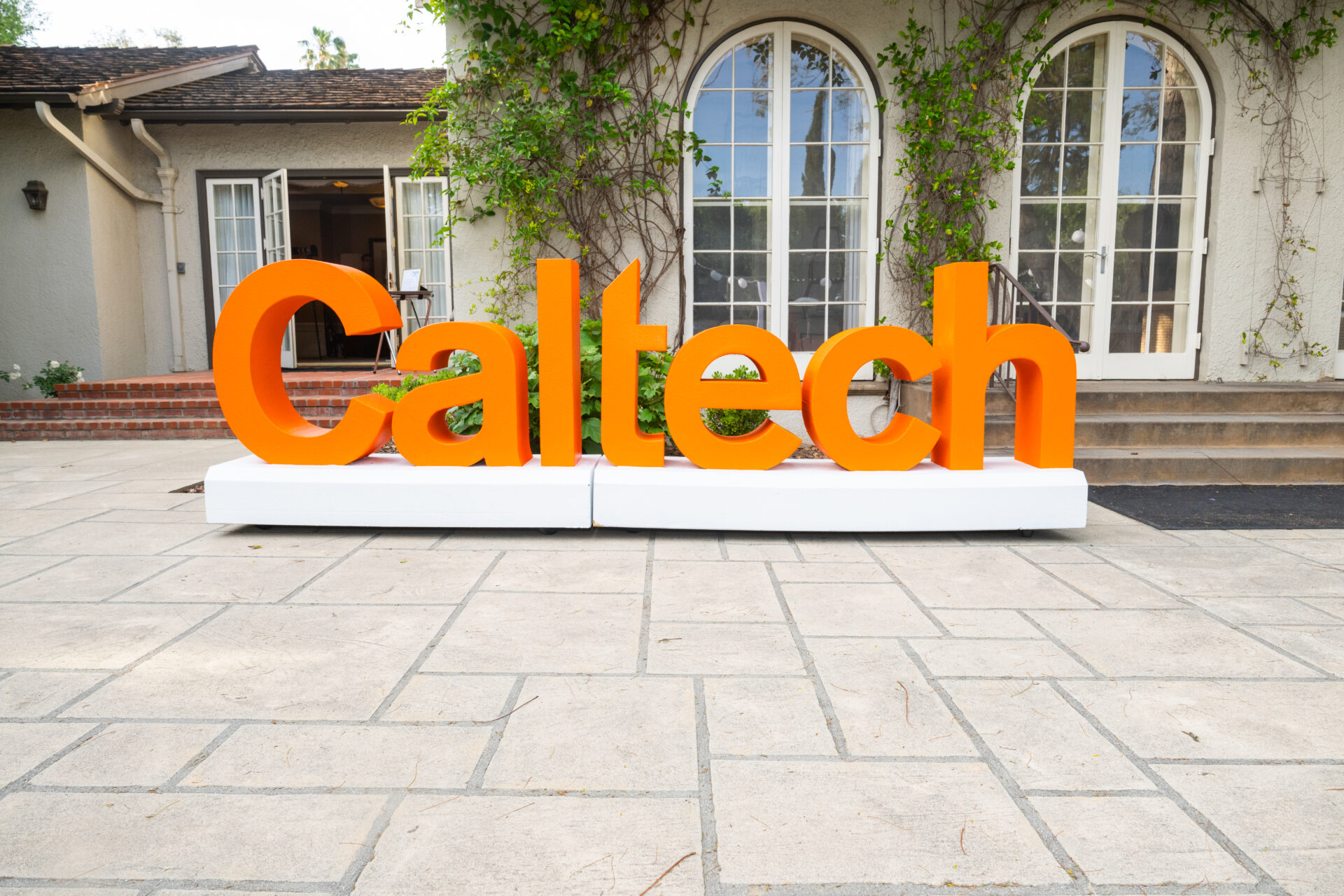Shifting Approaches to a Timeless Injustice
by Angelica Zhou

I dove into the second quarter of my environmental justice project by delving into the history of the movement and examining the timelessness of environmental racism.
To begin, I read, From the Ground Up: Environmental Racism and the Rise of the Environmental Justice Movement by Sheila Foster and Luke Cole, to explore case studies in Kettleman City, Chester, and Buttonwillow where logistics centers and waste facilities were built against the will of the nearby inhabitants. All of these cases revealed similar circumstances and trends of environmental racism. Consistently, corporations and local governments took advantage of high-minority populations with an elevated poverty and mortality rate compared to the surrounding area. The communities had little voice or power because of their limited education and career opportunities which made them susceptible to environmental extortion. In essence, they were to sacrifice their health for the job opportunities promised by companies, who eventually denied them these promised jobs due to their education levels. The companies left the citizens with the health and tax burden as they outsourced employees from other neighborhoods.
When new sites are proposed, there is often insufficient time allotted to notify and receive input from the city’s inhabitants. Corporations and agencies deliver information in technical language, and neglect to provide translation even when their audience is primarily non-native English speakers. These disadvantaged communities struggle to find legal, scientific, and political help to defend themselves. Decision-makers exacerbate the problem by examining each site as if in a vacuum, instead of considering existing health problems, quality of life, demographics, and the cumulative environmental or health effects of other nearby facilities. Aside from reforming the social structures at play, another approach to combat environmental inequality is to boost the education and financial situation of vulnerable communities.
My reading evinced how crucial education is for minorities, particularly for non-native English speakers–education provides social mobility and a more powerful voice against systemic racism. With this in mind, I decided to focus these past two months on tutoring students of all ages in disadvantaged schools. During the sessions, there is time assigned for reading, creative writing, and homework help in all subjects. At the end of the reading period, I listen to students discuss their books, and if there is time, I share what I have learned in my reading about environmental justice. I was delighted to learn that climate change is taught to students beginning at the start of elementary school. Although environmental justice is mentioned far more sparingly, I found that students were eager to learn more about the subject and continued to ask me questions. This fall, I plan to work with seniors from the same low-income neighborhoods on their college applications. Many of them are first-generation students, immigrants, and non-native speakers who would succeed in higher education, but are limited in their resources and guidance.
To improve the accessibility of environmental benefits, I continued to communicate with and write about the nonprofit organizations partnered with Golden State Environmental Justice Alliance (GSEJA). We were able to share the stories of community members who received both solar panels and roof repairs to support installation through the partnership of GRID Alternatives and GSEJA. In serving low-income communities, it is imperative to offer support through every step of the process and adapt to obstacles that are unique to each situation.
As I continued with my reading this spring, I made another realization that inspired my next steps in the project: the environmental justice movement is aligned more with the civil rights movement than the environmental movement. Traditional environmentalism focuses on protecting nature but has historically neglected social justice. Legislation preserving natural environments has long excluded African Americans, Native Americans, and other people of color. This discrimination is blatant and intentional, as seen in the Sierra Club’s 1971 national membership survey. When the club asked its members if it should “concern itself with the conservation problems of such special groups as the urban poor and ethnic minorities,” 58% of the members were either strongly or somewhat opposed to the ideas. Second-wave environmentalism further strayed from social justice by implementing litigation, lobbying, and technical evaluation in an exclusive way. Because many of its reformers come from privileged backgrounds, the primary mode of change in environmentalism is through lawsuits. However, legal help is inaccessible to the most vulnerable individuals because of their financial and educational barriers. To bridge these inequalities, we need to provide disadvantaged groups with the same access to defense against environmental harm.
I am shifting gears to work towards this goal in the next quarter of my project. I will combat environmental injustice by assisting at a law firm that partners with nonprofit organizations to represent citizens who cannot otherwise obtain legal help. Through environmental law, companies are held accountable to follow the guidelines outlined by the California Environmental Quality Act (CEQA). They must submit truthful Environmental Impact Reports (EIRs) for proposed facilities and adhere to them. This is a major issue in neighborhoods with racial minorities and low-income families who lack education, political voice, and financial power. In the coming months, I look forward to exploring individual cases of environmental injustice and gaining a new perspective on the issue.
Related Articles
-

Caltech Alumni Association Announces 2026 Board-Nominated Slate
We are pleased to announce the 2026 board-nominated slate for the Caltech Alumni Association Board of Directors.
-

Scenes from Seminar Day 2025: Techer Families Join a Day of Discovery
View highlights from Caltech’s 88th Seminar Day with a photo gallery of campus tours, faculty lectures, student talks, and the debut of Seminar Day...
-

Support the Caltech and JPL Disaster Relief Fund
Support the Caltech and JPL communities impacted by Southern California's devastating fires.